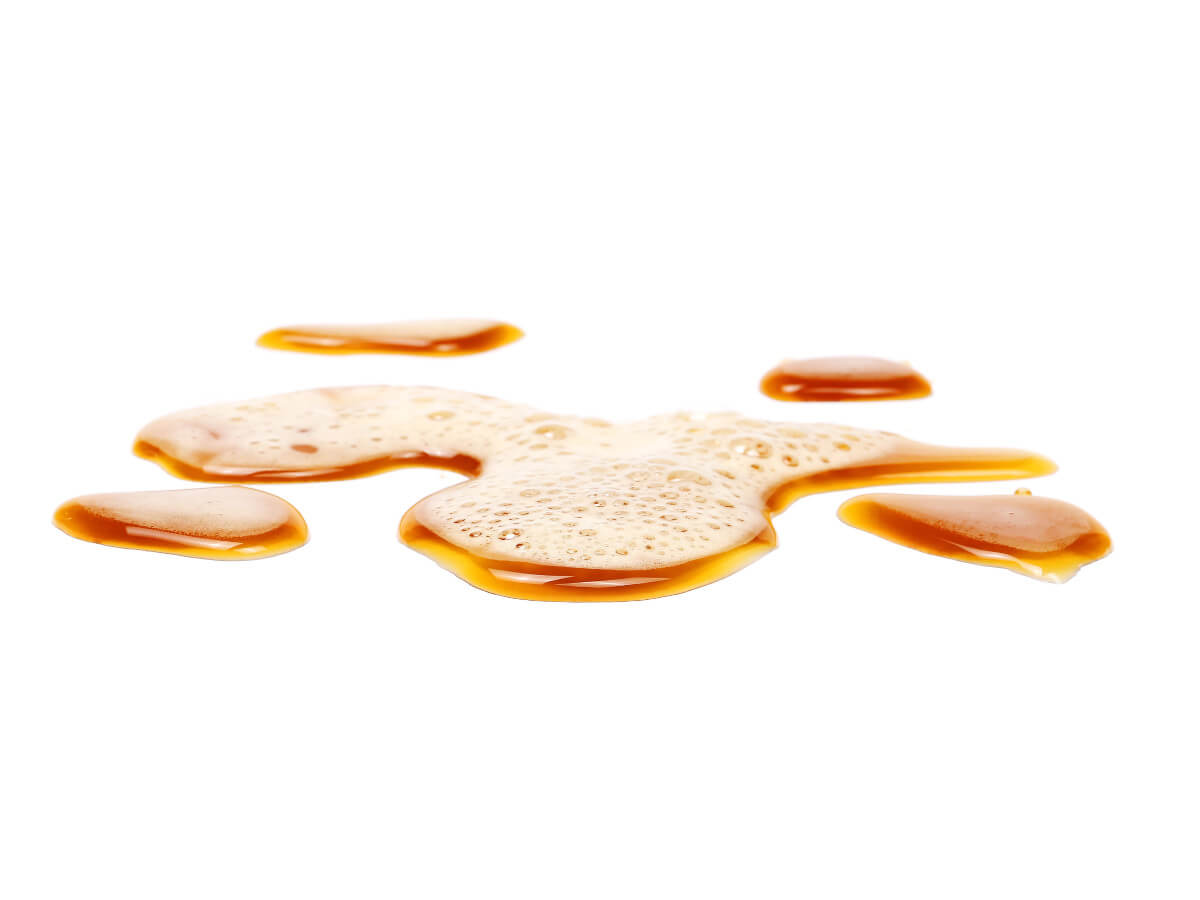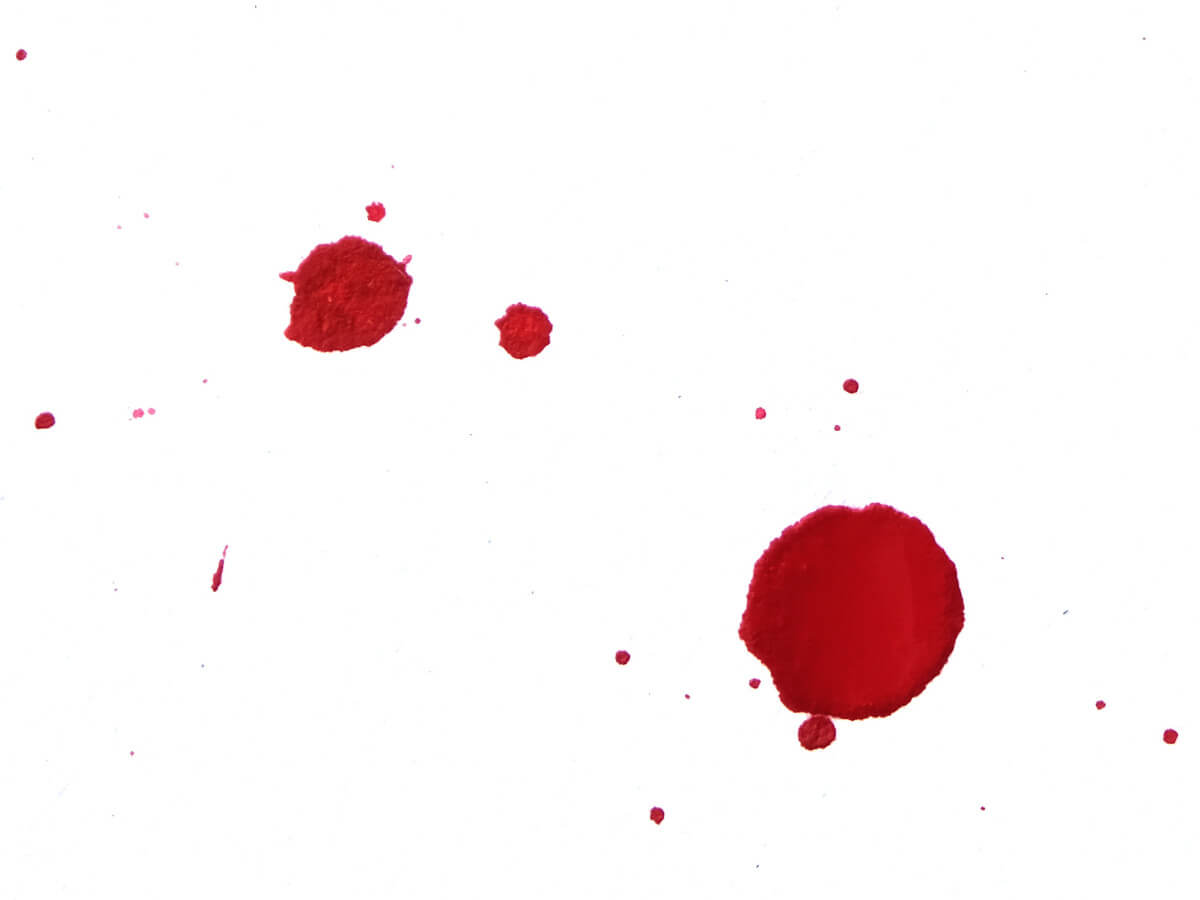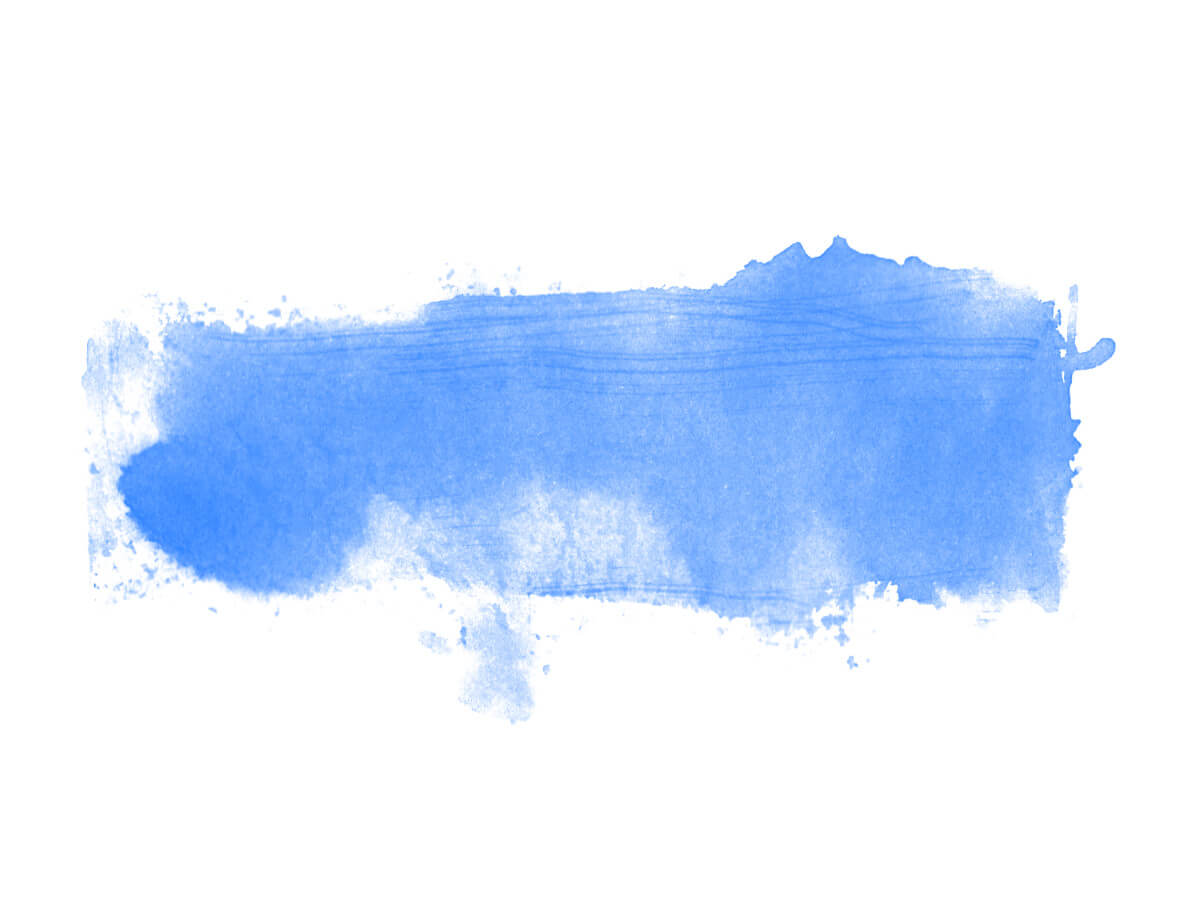
If possible, you should tackle stains right away, as it is usually very difficult to remove dried stains. Soak up fresh stains with a paper tissue or with some kitchen cloth immediately to prevent them from being absorbed by the fabric.
Soaking the stain in a little bit of sparkling water for a short time and then absorbing it with a cloth is quite helpful in many cases. Tough stains can simply be soaked in some detergent solution made according to the dosage indicated on the packaging label for hand washing. After that, wash the piece of laundry as usual.

The best way is to pre-treat with a dalli Liquid Detergent and then wash according to the care label instructions. In the best-case-scenario, you use a product containing bleaching agents, such as our dalli Heavy Duty Detergent Powder. You can dab particularly persistent beer stains with a little bit of vinegar water (1 part of vinegar and 4 parts of water) and then rinse thoroughly.
If you are dealing with washable textiles, brush a little bit of hand washing paste onto the stain, let it sit for a short time, rub in if necessary and finally rinse with clear water.


If the stain is still fresh, first run the stain under cold water, then soak in detergent solution and wash as usual afterwards.
Drizzle light-colored textiles with lemon juice, then sprinkle with salt and allow it soak in until the stain is gone. After that, rinse thoroughly.


Water-based paints, such as latex, acrylic and emulsion paints, can be run under water as long as they are still wet. And then simply wash the piece of laundry according to the care label instructions.
First let the mud dry. Then scrape it off and pre- treat the residues of the stain with a dalli Liquid Detergent. After that, wash the textile according to the care label instructions. It might be useful to wash at high temperature, but the temperature indicated on the label should not be exceeded.


Place the clothing item in the freezer for about an hour. This makes the chewing gum harden, stick no more and it can be peeled off more easily afterwards.
Scrape off the chocolate residues carefully and then rinse the stain with lukewarm dalli detergent solution.


Unless the clothing item is made of synthetic material, two old “household remedies” will help you: dab the glue stains with some nail polish remover. Then wash the clothing item according to the care label instructions.
Soak the clothing items concerned in a cold detergent solution for at least 12 hours. You can wash them according to the care label instructions afterwards. If dealing with non-synthetic materials, it will be helpful to dab the stains, especially older ones, with nail polish remover before the wash.


Leave the stained areas to soak in cold water for some time and then wash using a suitable detergent. Do not use color or liquid detergent for that, but heavy duty detergent powder.
Remove the wax residues with a sharp knife as much as possible. Afterwards, place kitchen towel on the stains and iron them out. Then wash or brush the stain out with soapy water.

© 2022 DALLI-WERKE GmbH & Co. KG Stolberg. All rights reserved

The new dalli laundry detergent formulations are free from microplastics
Dalli takes on responsibility and is committed to a sustainable future.
Therefore, in accordance with the definition of the United Nations Environment Programme (UNEP), our formulations with our label are free from microplastics.
Worldwide, there is still no uniform definition of the term microplastic. Nevertheless, the UNEP definition is increasingly gaining acceptance, especially as it provides a suitable basis for factual-scientific considerations on the topic.
As per UNEP, microplastics consist of “solid, water-insoluble plastic particles that are five millimetres and smaller”. This definition of microplastics is also shared by the Federal Environment Agency (UBA) and the World Wide Fund For Nature (WWF) Germany, for example, and we also use this definition as a basis for assessing our products and selecting suitable ingredients.
It is also important to point out that water-soluble or gel-like polymers are excluded from this definition because, according to current knowledge, they do not pose the danger as microplastic particles.